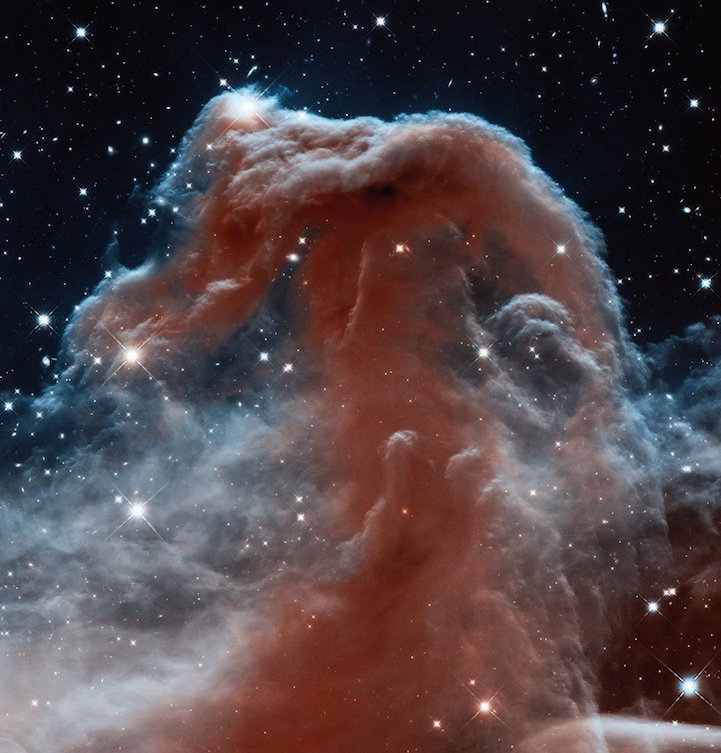It’s a shame Freeman Dyson has gotten into a spitting match with people perplexed with his views on climate change (I’ve sometimes been one of them), and made intemperate comments on the topic, because having read his work extensively, it certainly seems he cares deeply about conservation and biodiversity. It’s just one of the stranger aspects of a distinguished scientific and writing career.
On another topic: Here’s the opening of Dyson’s latest NYRB piece, a brief essay about the new Taschen book, Expanding Universe, a spectacular collection of photography enabled by the Hubble Telescope, in which the writer marvels over how tiny particles can be more overwhelming than fully-formed bodies:
When we see things for the first time, the pictures are always a surprise. Nature’s imagination is richer than ours. We imagine things to be simple and Nature makes them complicated. In Expanding Universe, a magnificent selection of pictures taken by cameras on the Hubble Space Telescope, the big surprise is dust. We imagined a universe of stars and galaxies gleaming brightly against a black sky. What we see is multicolored patterns of fluid motion, looking like eddies in a river or clouds in a sunset. The patterns are made of dust. Dust is made of tiny solid grains of carbon and rock and metals. The grains condense out of cooling interstellar gas, just as grains of smoke condense out of cooling flames over a forest fire. Most of what we see in the universe is dust. The reason is simple. We see only the surfaces of things, so that things appear big in our pictures when they have a big surface area. Dust has far more surface area than stars or planets. That is why the most striking pictures in this book are pictures of dust. It is not accidental that the editors chose to print on the jacket a spectacular picture of a huge dustcloud giving birth to newborn stars in the constellation Carina.•
Tags: Freeman Dyson

